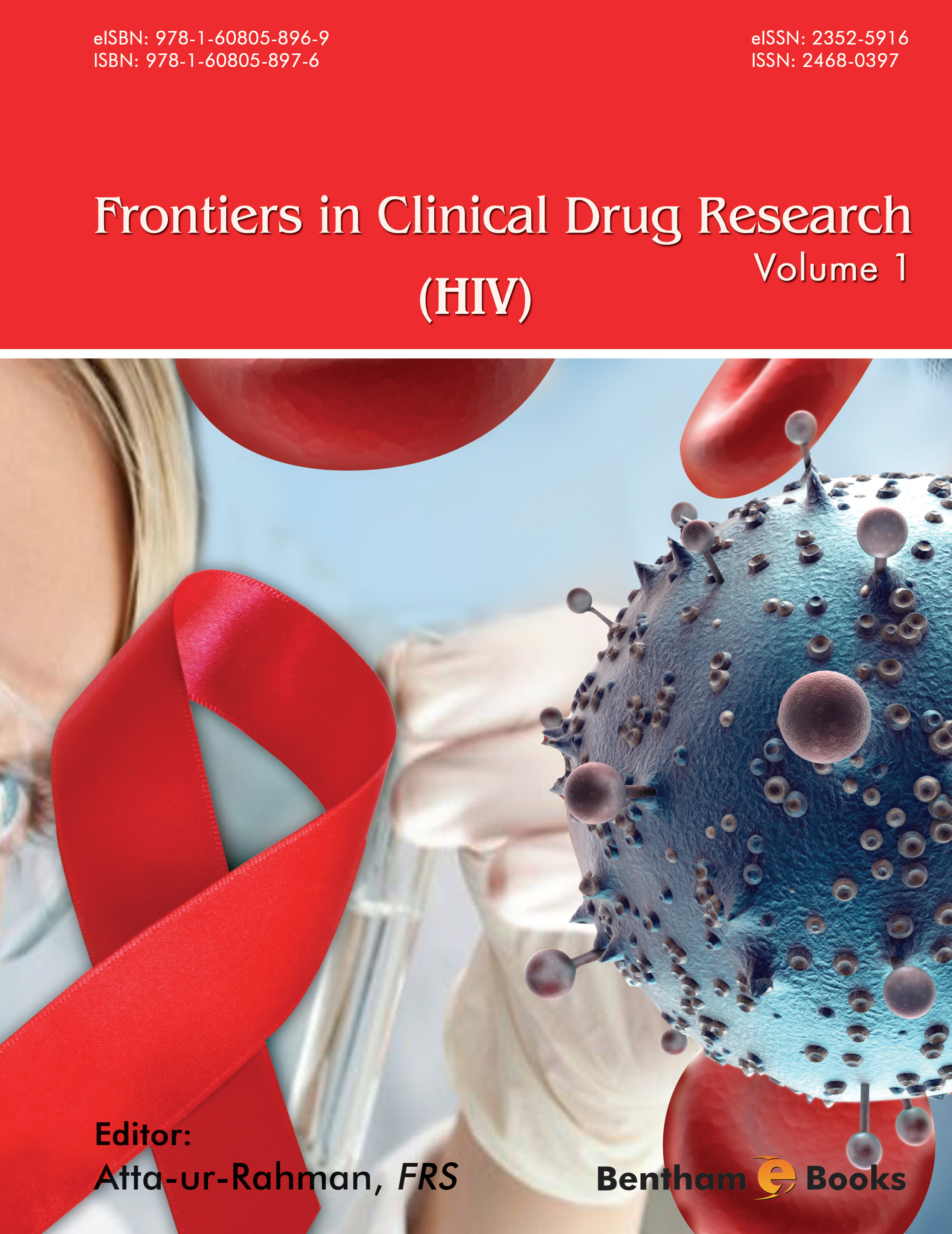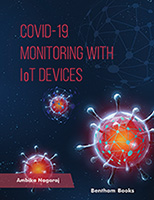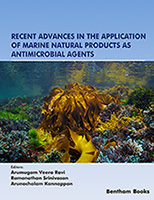Preface
Human immunodeficiency virus (HIV) is responsible for AIDS (Acquired Immune Deficiency
Syndrome), due to which the immune system of the body is badly affected and natural defense
mechanisms become compromised. This opens the way for many infectious diseases to attack
simultaneously. The treatment of HIV has been directed to decrease mortality and increase the
number of clinically secured patients. Volume 1 of the book series "Frontiers in Clinical Drug
Research - HIV" presents important recent developments in the form of cutting edge reviews
written by eminent professionals.
Highly active antiretroviral therapy (HAART) uses multiple drugs that can act on special viral
targets which in turn maintain the functions of the immune system. Chapter 1 by Phillips and
Svard summarizes the current status in terms of development of drugs to target various stages of
the disease and to refine the use of current drugs.
Viral suppression reduces the function and replication of a virus. It also decreases the amount of
virus in the blood. Successful antiretroviral therapy is being used for sustained HIV viral
suppression and immunological recuperation in HIV infected patients. Casseb and Arruda in
Chapter 2 discuss the advances in the field of antiretroviral agents (ART) that focus on two main
types of inhibitors, integrase inhibitors and entry inhibitors.
In the next chapter Brakier-Gingras et al. review the characteristics of the mechanism accounting
for HIV-1 frameshifting. They present the different approaches investigated to develop novel anti-
HIV-1 drugs interfering with the frameshift, including the high-throughput screening of libraries
of chemical compounds with a bicistronic reporter, the use of antisense oligonucleotides binding to
the frameshift stimulatory signal, and the selection and modification of chemical compounds that
bind to the frameshift stimulatory signal.
Single Nucleotide Polymorphism (SNP) is a genetic variation in human genome that causes
resistance to drugs applied for the management of HIV/AIDS. Astakhova in Chapter 4
comprehensively describes the approaches of current SNP sensing in HIV-1 cDNA and RNA. In
addition, several promising technologies that are being used for the diagnosis of HIV are also
highlighted in this review.
The nucleosides having unusual branched sugars are known to work as potential antiviral agents.
Haraguchi et al. in Chapter 5 describe the new synthetic methods for the synthesis of 1' and 4'-
branched-sugar nucleosides. This review also addresses the anti-viral activities, pharmacology and
clinical developments (Phase I and Phase IIa) of 4'-ethynylstavudine (4'-Ed4T) that has more
potent anti-HIV activity than the parent compound stavudine (d4T).
HIV-integrase is an attractive target for the development of new anti-HIV drugs and has potent
antiviral activity. The advancement in effective inhibitors of HIV replication has established the
prospective efficiency of antiviral treatment for the cure of AIDS. Ashton and Hann in Chapter 6
have reviewed in detail the recent developments targeting HIV integrase.
HAART is an aggressive treatment used to restrain HIV viral replication and the progression of
HIV disease. Ansari et al. in Chapter 7 describe the potential adverse effects of HAART on
kidney.
This first volume of the book series represents the results of a considerable amount of work by
eminent contributors. I am grateful for their excellent contributions. I also wish to thank the
excellent team of Bentham Science Publishers, especially Ms. Fariya Zulfiqar, led by Mr.
Mahmood Alam, Director Bentham Science Publishers, who deserve our appreciation.
Atta-ur-Rahman, FRS
Kings College
University of Cambridge
Cambridge
UK





